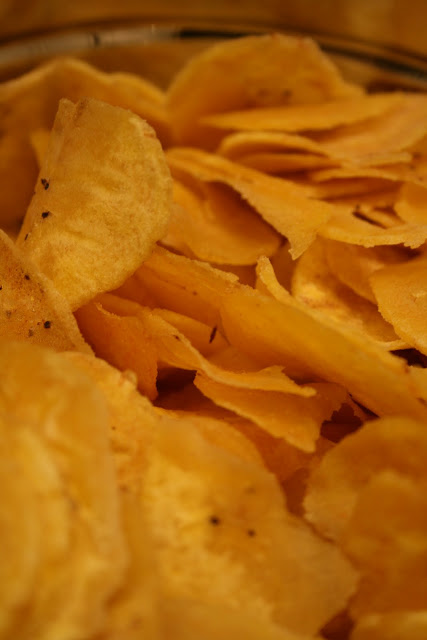Feb 23rd 2011
It is only as you grow older that you celebrate festivals because they signify something or because you want your children to learn some traditions. When I was younger, festivals were always about holidays from school, yummy food, great TV programs and new clothes in some cases.
Pongal or Indian Thanksgiving is the first festival of the year. There is a popular saying in Tamil -" Thai poranthal Vazhi porakkum" translated to "When this month arrives, an opportunity is born for everything". Such is the significance of this festival and this month. We celebrate Pongal on 3 days - Bhogi, Thai Pongal and Kaanum Pongal.
Coming to this dish, "Chakkarai" translates to "sugar" in Tamil. This is made on the second day - on Thai Pongal. It is the accompaniment to its salty companion - Venn Pongal. It is made only during Pongal or when I really ask my mom for some or during other special occasions. It is served as prasadam in many a temple. Without further ado, here is the recipe for this dish that is rich and unparalleled.
Difficulty Level: Medium
Time: Prep Time (20 min), Making time (15 min)
Ingredients
- Raw rice or Long grain rice 1 cup [ Do not use Basmati or Jasmine Rice]
- Dry roasted Moong Dal - 1/2 cup
- Jaggery - 3 cups
- Water
To season
- Ghee - as much as you like :)
- Cardamom powder - 2 tsps
- Jadhikka or Nutmeg powder ( best to crush a fresh one) - 3 tsps
- Cashews - 1 tbsp
- Raisins - 1 tbsp or lesser (Optional)
- Borneo- Camphor or Pachai Karpooram ( 1-2 small pieces)
Method de Preparation
- Dry roast moong dal so that the raw smell goes away and it becomes slightly brown.
- In a pressure cooker boil the rice and moong dhal with 2 and half cups of water. Add a spoon of ghee for smell and taste. Allow to cook well or equivalent of 3 whistles.
- Take the jaggery in a vessel and soak in water just sufficient to immerse it. Turn on heat and start to melt it. If jaggery is in blocks, pound and powder some or break into smaller pieces. If you use too much water, your pongal will end up being too liquid.
- Turn on heat and allow to boil till jaggery melts. Depending on the quality of your jaggery you might need to decant it to remove impurities. Most imported varieties don't have any.
- As the decanted or non-decanted jaggery solution boils, add the camphor to it. Allow to boil and thicken.
- Add the cooked rice+dal mixture to this and allow everything to come together. Add a few tbsps of ghee.
- Once desired consistency is reached ( like a porridge) turn off heat and add Cardamom powder.
- Take ghee in another small vessel for seasoning and in it fry cashewnuts and raisins, add the nutmeg powder. Empty this into the first mixture and add a few more tbsps of ghee.
- Serve hot even as the main dish, I won't complain :D
Tips:
- The Jaggery used for this dish should be dark brown in color for the best taste. Most imported varieties are milder and light brown in color and don't taste as sweet. So go ahead and use 3 1/2 cups if needed.
- Brown sugar can be used instead of jaggery when not available and tastes moderately good but it cannot compete with the former.
- The camphor and nutmeg give it a unique taste that you get in most temples, so use it if you can.
- This is a recipe where more the ghee the better. For that matter for any recipe that calls for ghee, that is the case :D. If ghee used was not enough, you can add more when serving.
Confessions:
When possible I use jaggery from India. I need to decant it but the taste is much better and the color is a dark brown. For this batch I have used jaggery available here and you can see it is not as brown as this dish is traditionally.

















